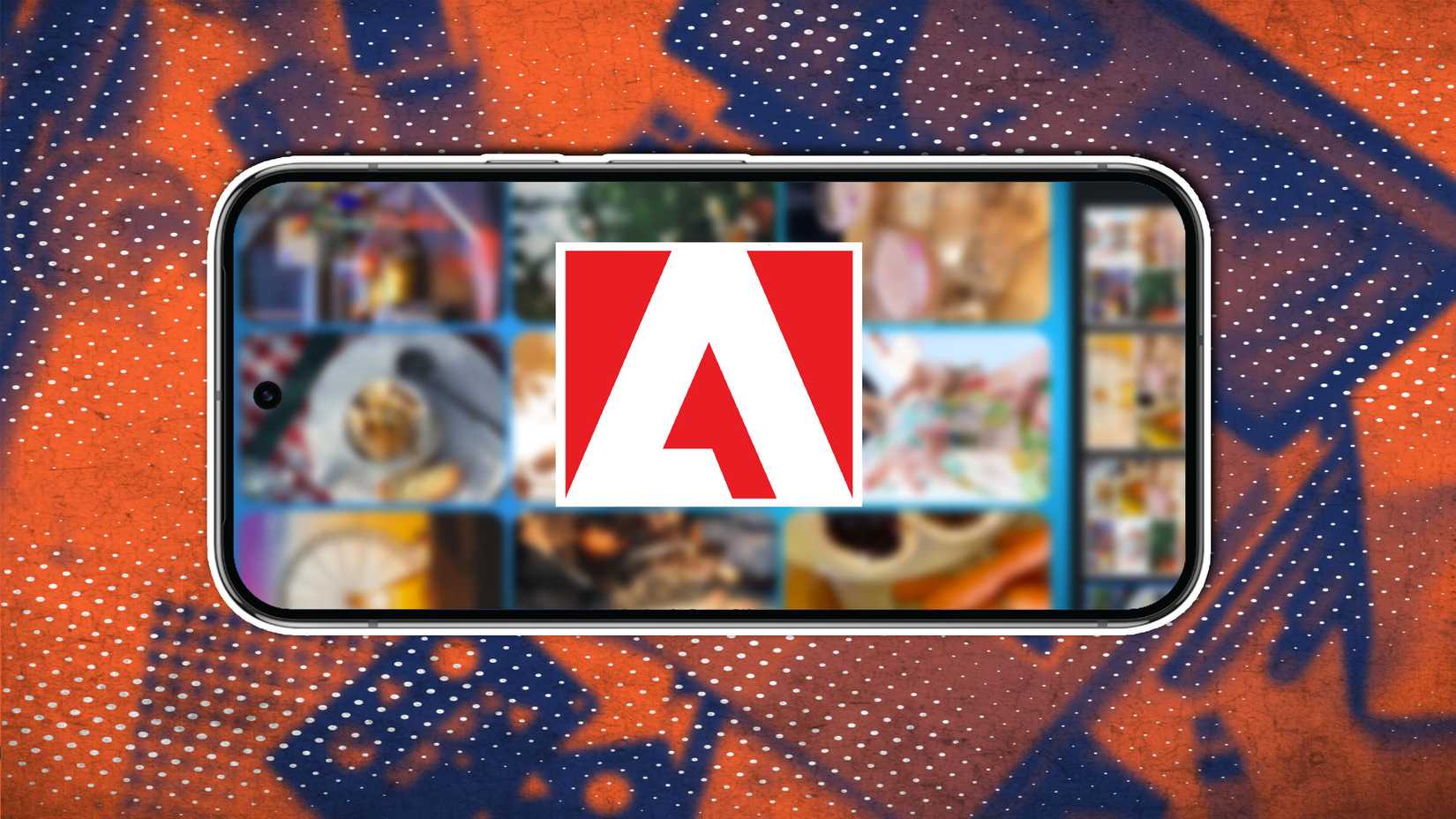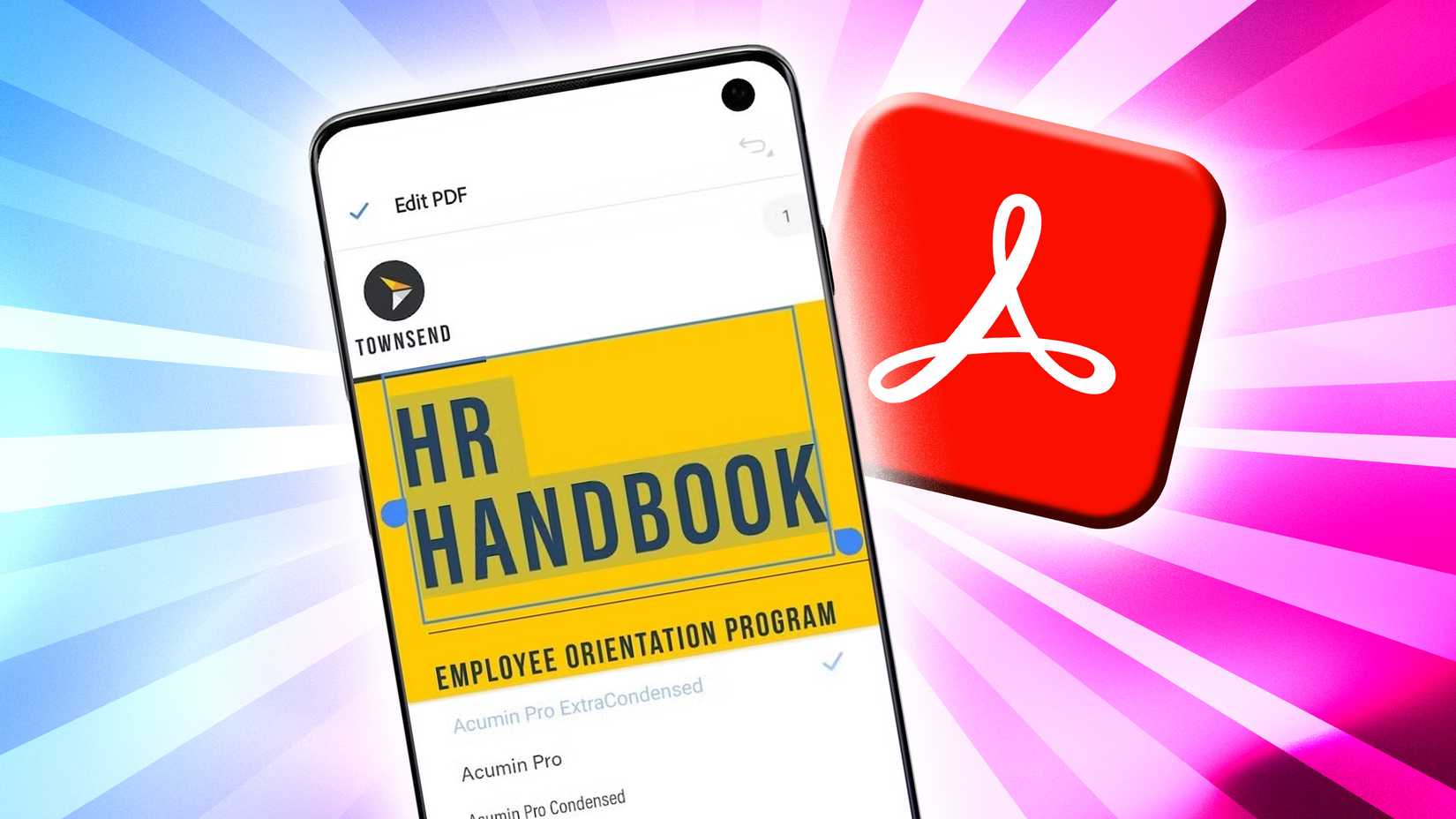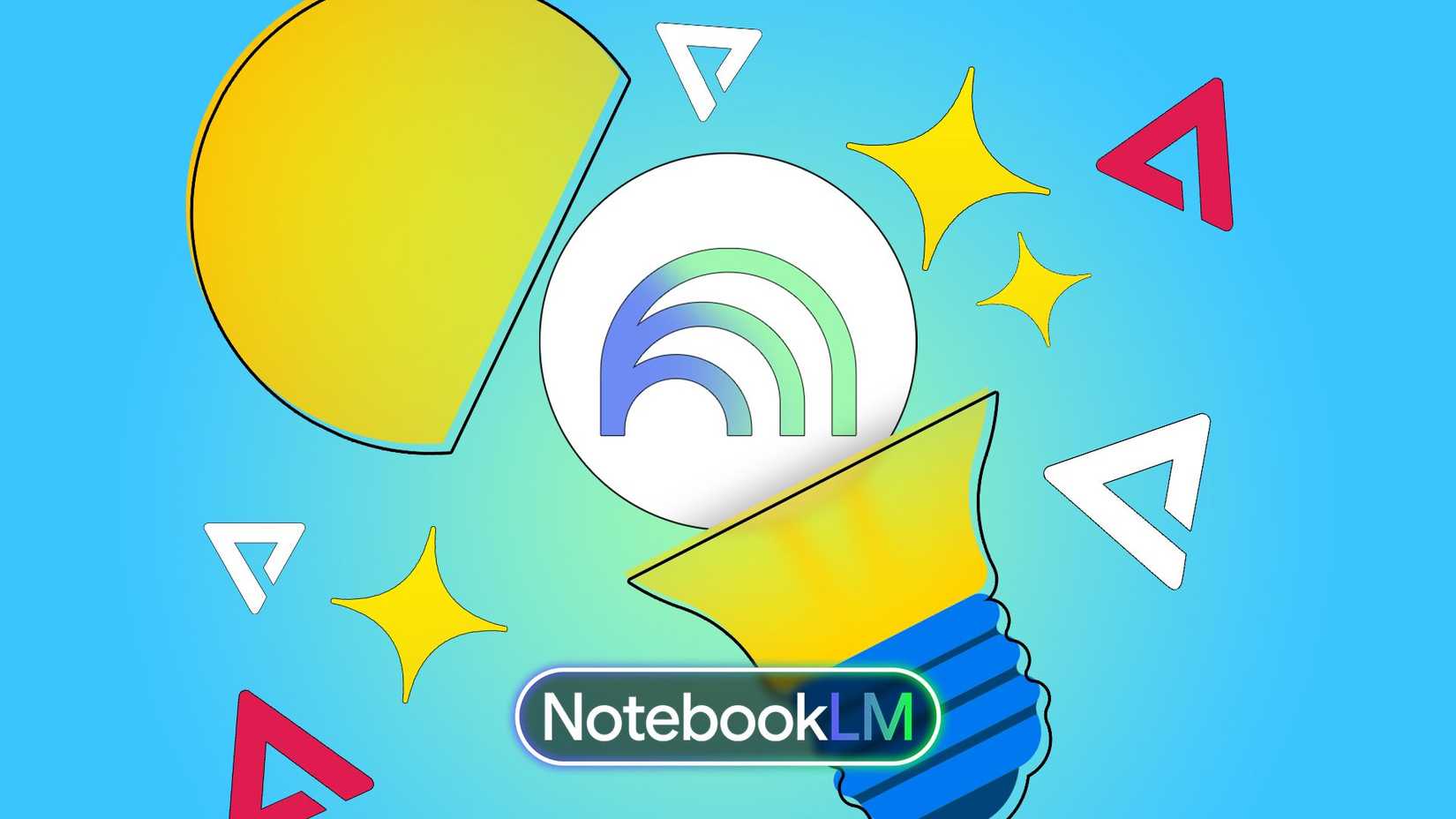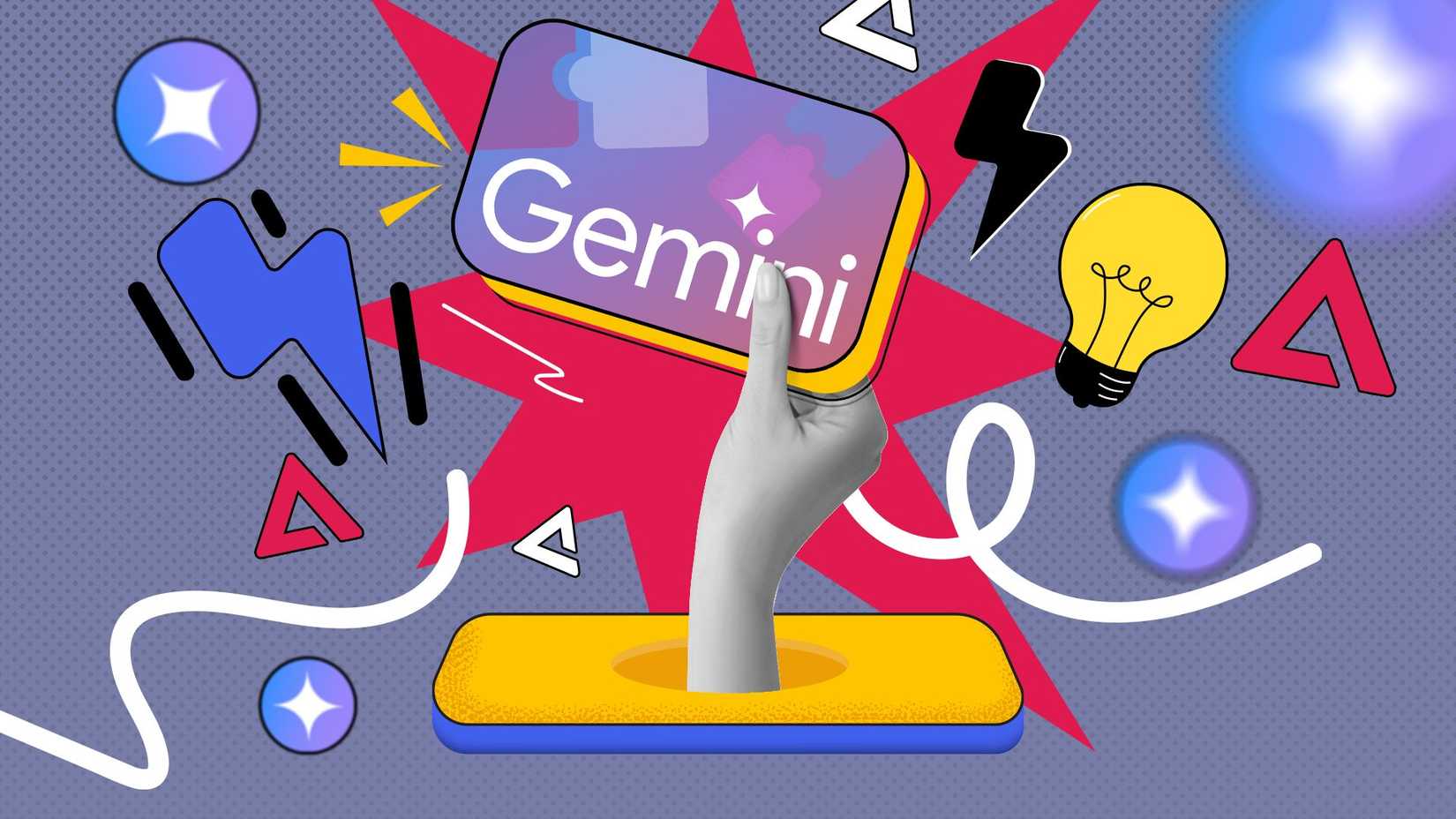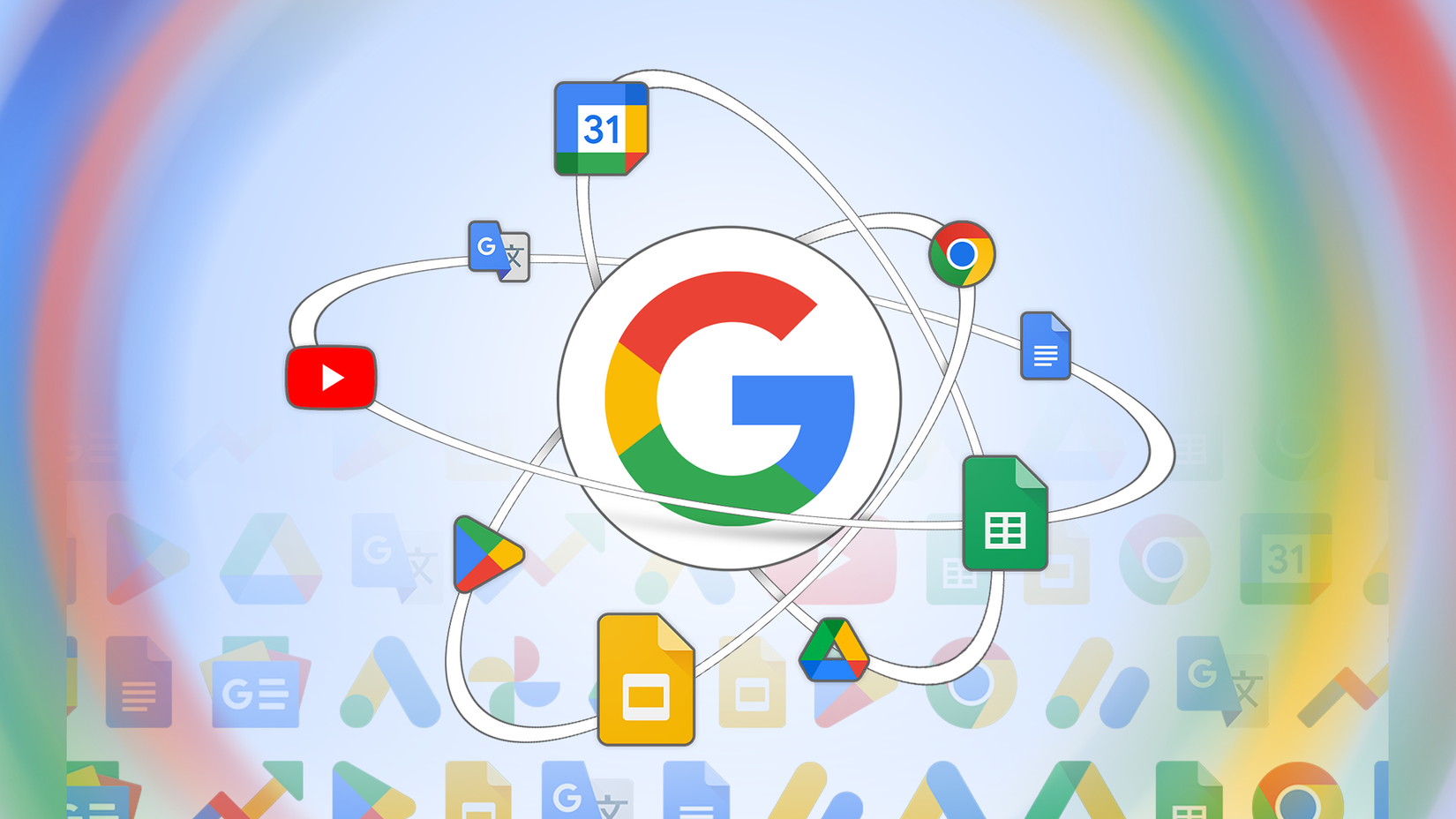For the past year, Google’s NotebookLM has been my second brain. It works by uploading sources such as PDFs, Google Docs, URLs, and YouTube transcripts to build a self-contained knowledge base.
Then you can talk with your documents. It may sound like any chatbot, but its core advantage is that it’s source-grounded.
I couldn’t imagine a better tool for most research and synthesis. I thought my loyalty was unshakable until Adobe decided to reinvent the PDF.
Adobe has brought AI into the heart of the PDF
Adobe developed the Portable Document Format (PDF), which has been the bedrock of digital exchange. The world runs on roughly three trillion PDFs, from contracts and papers to resumes and reports.
But static has always been the operative word. The PDF has been a destination and a final state. That was the case until tools like NotebookLM shifted the landscape, with Adobe being the latest to join.
Adobe pitched Acrobat Studio as an AI-powered home for productivity and creativity.
The idea is to have a unified platform that integrates Acrobat Pro’s PDF tools, Adobe Express Premium’s design features, such as Firefly tools, and a layer of agentic AI.
NotebookLM may keep things simple, but this platform adds a richer feature set on top of the same core idea.
The user interface differences between Adobe and Google
Adobe has invested in a polished user experience. The Acrobat Studio interface is cleaner and more modern than NotebookLM’s.
NotebookLM’s three-panel layout for Sources, Chat, and Studio is efficient and purpose-built.
However, Acrobat Studio offers a more visually refined environment that feels less like a lab experiment and more like a mature product.
How each platform ingests and manages data
Both platforms are strong at ingesting sources, with different focus areas.
Acrobat Studio lets you add up to 100 files per PDF Space and supports PDFs, Microsoft 365 files (DOCX, PPTX), and live links. The higher file limit and native Office support are designed for professional and enterprise workflows.
NotebookLM supports up to 50 sources per notebook but offers a broader set of media types. These include Google YouTube video transcripts and audio files, highlighting its strength as a multimodal learning tool.
Acrobat Studio and NotebookLM differ in purpose and philosophies
Acrobat Studio and NotebookLM turn raw information into usable output, but they shine differently.
Acrobat Studio is built for production. It integrates with tools like Adobe Express and Firefly and is ideal for professionals who need to package insights into visuals.
NotebookLM excels at synthesis and learning. It’s less about finished assets and more about a deep understanding. You upload sources, and the AI becomes a study companion by generating summaries, structured guides, flashcards, practice quizzes, and Audio Overviews.
That makes it invaluable for students or anyone aiming for subject mastery.
How each platform’s AI compares
NotebookLM and Acrobat Studio let you work directly with uploaded sources rather than the open web, but their AI behaves differently. Still, both tools cite sources.
NotebookLM is direct. If your files don’t cover a topic, it tells you.
Acrobat Studio’s PDF Spaces surface what’s in your files, often generating summaries and insight cards with suggested questions to get you started.
Adobe emphasizes guided exploration via cards and prompts, while NotebookLM offers broader outputs like Audio Overviews, Mind Maps, and Study Guides.
Acrobat also includes prebuilt assistants — Analyst, Entertainer, Instructor — and lets you create custom ones by defining role, tone, and focus. These assistants customize responses to recurring workflows.
In short, NotebookLM prioritizes versatility across content formats while Acrobat Studio focuses on structured document interaction.
Adobe Acrobat AI features are available across desktop, web, browsers, and mobile apps, but not on iPad or Android tablets.
Ecosystem and economics comparison
Choosing between these tools is also about which ecosystem to back. Acrobat Studio caps Adobe’s long-term strategy, uniting Acrobat Pro features such as editing, e-signing, and redaction with Creative Cloud, Adobe Express, and Firefly.
It’s built on enterprise-grade security with encryption and centralized admin controls, making it a reliable choice for sensitive work. For professionals already in Adobe’s ecosystem, Studio feels like the missing piece.
NotebookLM extends the Google ecosystem. It leverages Gemini language models and is tightly integrated with Docs and Slides. It adds value to Google One AI Premium and Google Workspace, drawing users deeper into Google’s orbit. Their pricing models signal their strategies.
Acrobat Studio is priced at $25 per month for individuals and $30 per month for teams, targeting pros and businesses that can justify the cost with productivity gains.
NotebookLM’s model differs. With a generous free tier and a $20 per month Google One AI Premium bundle (including 2TB storage and Gemini Advanced), it positions itself for mass-market adoption.
When to choose NotebookLM and when to choose Adobe
There is no single best tool.
If your goal is synthesis and learning, such as mastering a topic, preparing for an exam, or exploring deep curiosity, Google’s NotebookLM is a leading choice and the more affordable option.
Adobe Acrobat Studio is better if your goal is production, such as turning information into a proposal, presentation, social post, or documented report. It offers an end-to-end workflow that NotebookLM doesn’t match today.
I still use NotebookLM for personal research. Yet, for daily professional work, Acrobat Studio is now my center.


